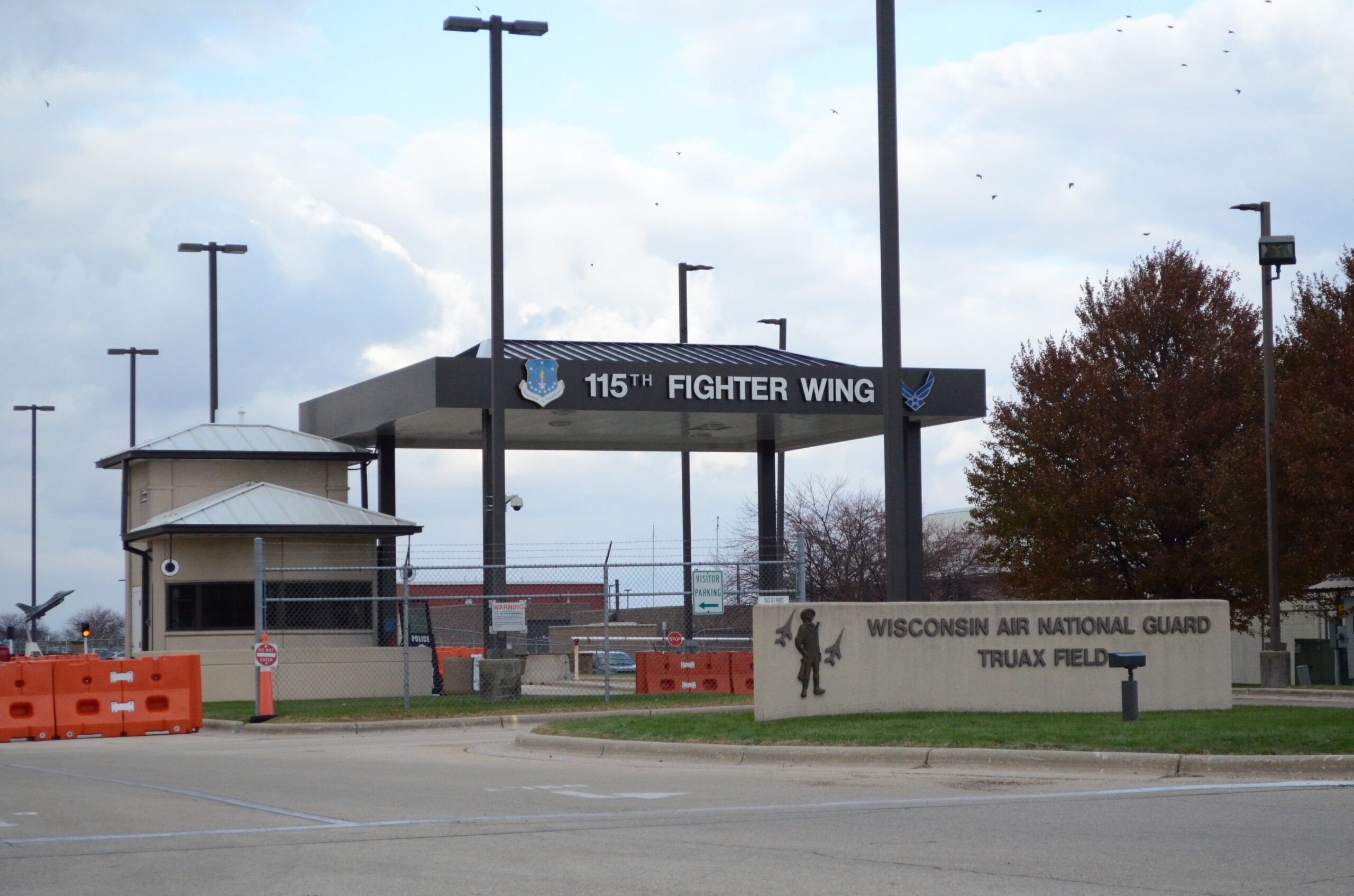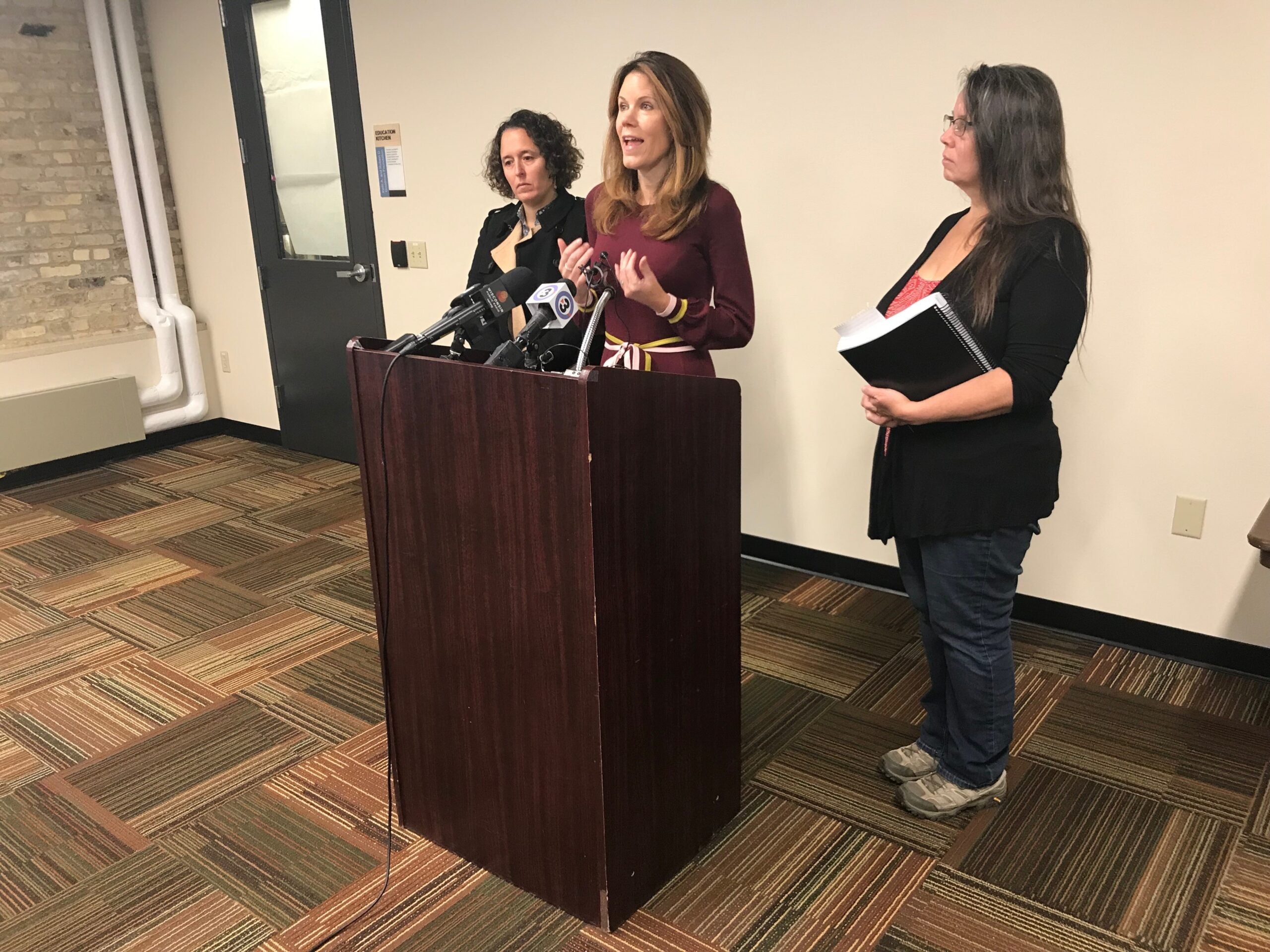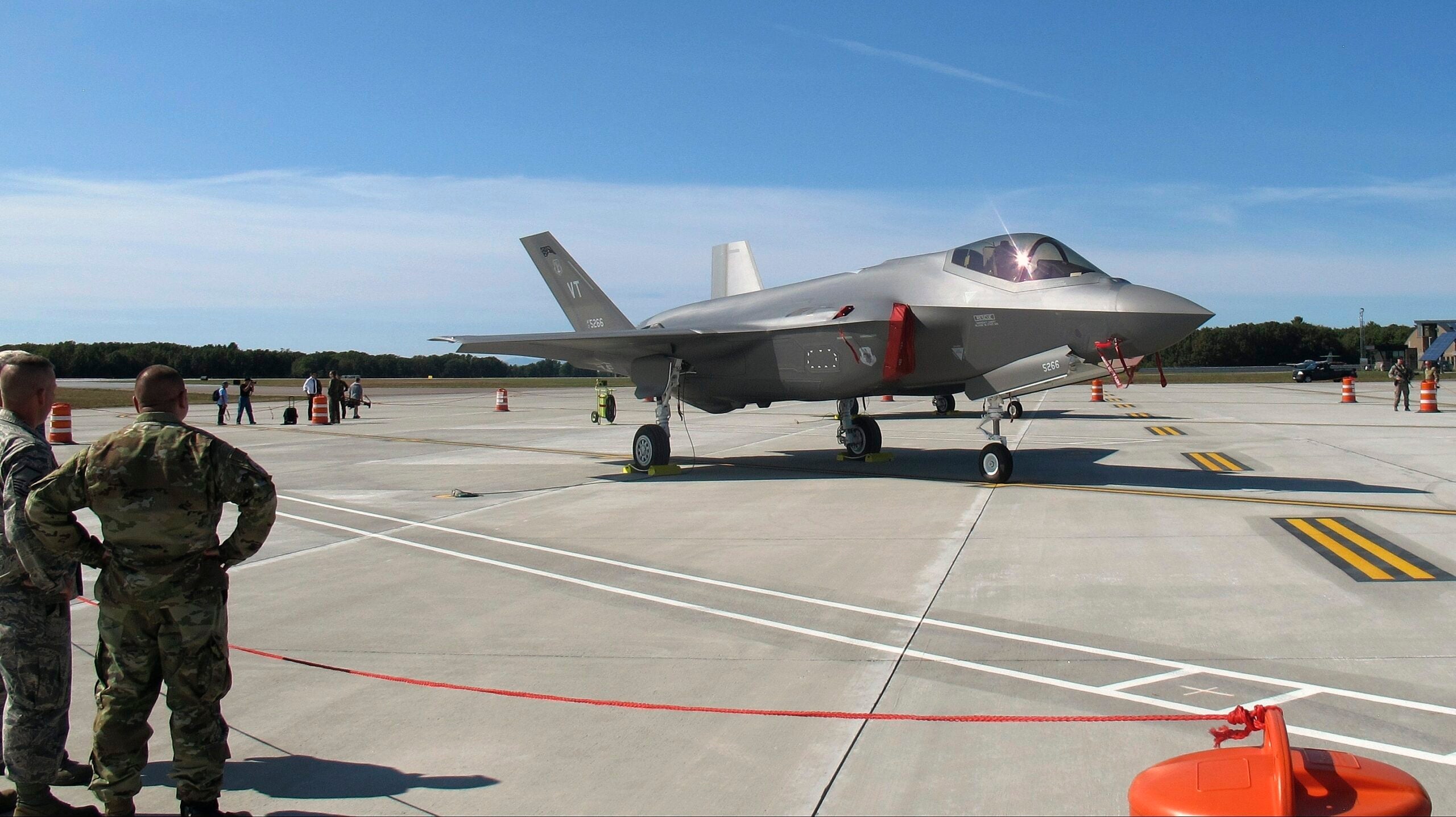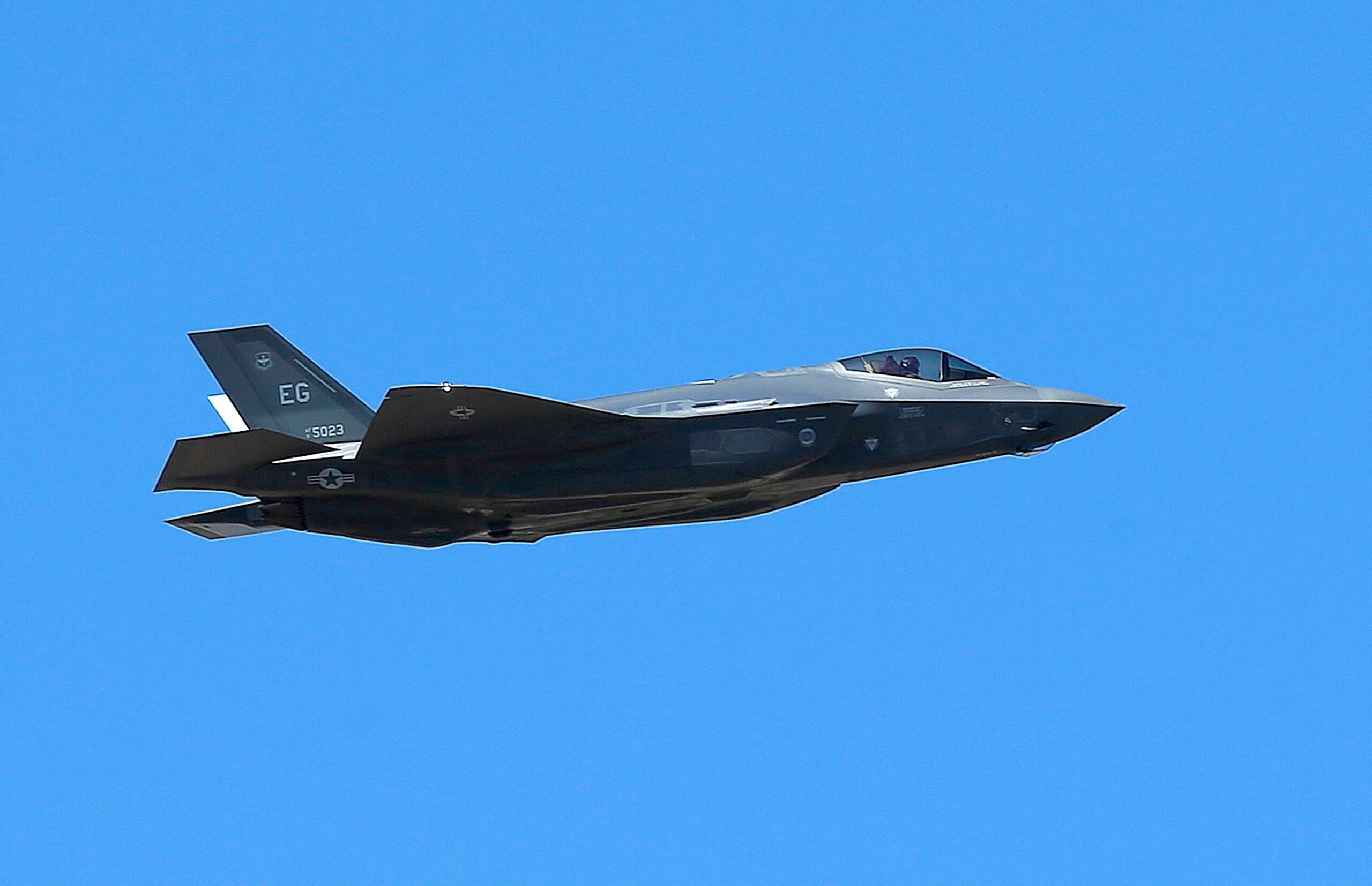It’s June 2005, and General Mitchell Air Reserve Station in Milwaukee is on the chopping block.
A Base Realignment and Closure — or BRAC — Commission had recommended the station shut down. So Wisconsin’s elected officials traveled to St. Louis, Missouri to convince the commission to keep General Mitchell open.
Then-Gov. Jim Doyle talked up Wisconsin’s wide-open airspace, pointed to the base’s connections to local industry and lauded the history of its unit.
News with a little more humanity
WPR’s “Wisconsin Today” newsletter keeps you connected to the state you love without feeling overwhelmed. No paywall. No agenda. No corporate filter.
“Members of the 440th have over 4,500 combined hours of flying and maintenance experience, and the loss of that experience will have a negative effect on combat readiness,” he told the commission.
His arguments didn’t work. The base closed in 2008, and the 440th Airlift Wing moved to North Carolina.
Today, Truax Field Air National Guard Base in Madison is one of the U.S. Air Force’s preferred locations for a new set of advanced fighter jets called F-35s. Supporters of the jets say if Truax doesn’t replace its old F-16 jets, it could meet the same fate as General Mitchell.

Greater Madison Chamber of Commerce President Zach Brandon has been pushing for the F-35s since 2017. During an interview in the chamber’s offices in downtown Madison — while a small group of F-35 protestors rallied outside the building — Brandon said the F-35s will strengthen the current and future economic impact of the base.
“The loss of the F-16 by not getting the F-35 is like losing the home games of the Packers or the home games of the Milwaukee Bucks,” he said. “I think if we were thinking about it in those contexts, nobody would be willing to risk the loss of those sporting teams in order to sort of roll the dice and see what might happen.”
According to Brandon, the base already contributes $100 million in statewide economic activity each year. On top of that, the Air Force said it would hire hundreds of temporary construction workers and up to 64 permanent personnel.
The last BRAC Commission did take economic impact into account, but its most important criteria was a base’s current and future mission capabilities.
Brandon pointed to a letter that former Air Force Secretary Heather Wilson sent the mayor of Burlington, Vermont about a similar F-35s debate there. She wrote that without the F-35s, the Vermont Air National Guard would likely lose its flying mission when it retired its F-16s.
“The Air Force is much smaller than it was at the end of the Cold War,” she wrote. “We have fewer bases and fewer aircraft. As a result, some states no longer have flying missions for their National Guard and the competition to secure new missions is fierce.”
To date, a BRAC Commission has never recommended closing Truax.
The base also has two other missions besides flying fighter jets: bomb disposal and homeland defense.
Amelia Royko Maurer, an F-35 opponent in Madison, said the base should house a disaster response mission instead.
“There are alternatives, alternate missions that could take place here for the Air National Guard. It doesn’t need to be the F-35,” she said.

An Air Force report states the F-35s will increase the noise exposure area around the base, disproportionately impacting low-income people and people of color.
Community activist Brandi Grayson, who used to live near the airport, said Madison shouldn’t have to choose between the 1,200 people who work at Truax and equality for everyone else.
“Twelve-hundred people losing their job is a huge deal, but thousands of people and thousands of vulnerable people is also a big deal, and protecting our children and the most vulnerable should be our focus as a community that says that we’re progressive,” she said.
George Schlossberg is a Washington, D.C.-based attorney and BRAC expert who said it’s possible for bases to get new missions.
He also said base closures aren’t always an economic disaster.
“Some of the most vibrant communities are those that have had base closures because they’ve taken those former assets and converted them for industry, housing, development,” Schlossberg said.
Regardless, don’t expect another round of base closures any time soon, he added. President Donald Trump’s 2018 budget included a request for a BRAC Commission, but Congress denied it. Schlossberg also said global instability makes it hard for the military to estimate how many bases it will need in the future — making a base closure unlikely.
“We have a much more divisive political environment, and we have a much more uncertain and unsettled world,” said Schlossberg.
The Air Force is expected to make its final decision on where to place the F-35s in the spring.
Wisconsin Public Radio, © Copyright 2026, Board of Regents of the University of Wisconsin System and Wisconsin Educational Communications Board.


